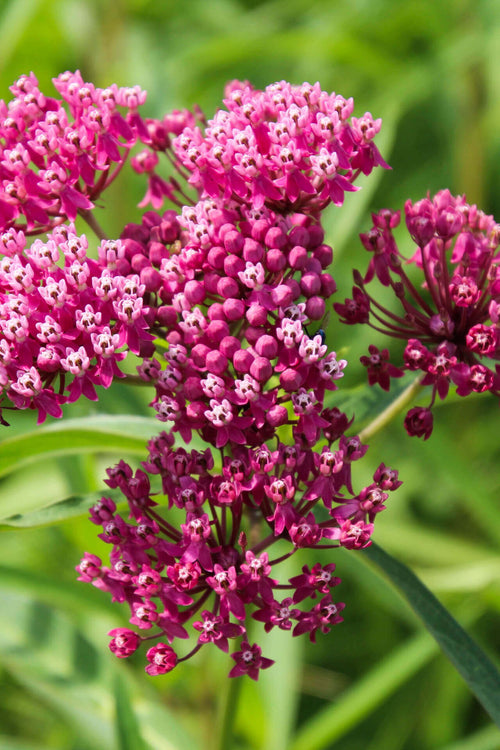Milkweed Plant
Named after the Greek god of medicine, Asclepias, common milkweed (Asclepias syriaca) is the most well-known species of a little over 100 native plants found in North America. When not in bloom, this dull, gray-green plant practically grows unnoticed in fields, roadsides, and wastelands.
How Milkweed Got its Name
Milkweed got its name from the sticky white sap (milk) it produces when its stems are cut. This "milk" contains a mild poison that has a bitter taste, which acts as a defense mechanism to animals and insects that try to eat its tender leaves. If appropriately boiled, the typical milkweed leaves are edible and have a mild taste. However, it is wise for first-time milkweed hunters to take an experienced forager and identify and prepare it properly before eating; this is because the milkweed plant has poisonous look-alikes such as butterfly-weed and dogbane.
Milkweed as a Natural Remedy
Aside from being used as food and as a material to make ropes, cords, and cloth, etc., various Native American tribes used the leaves, roots, and sap of the milkweed to treat a range of ailments as well as to restore or maintain their health. It was used as a laxative, an antidote for dropsy, treatment for venereal diseases, contraceptive, a preventative measure for women after birth, reduced fever, a postpartum milk flow stimulant, a treatment for stomach problems, respiratory problems, chest discomfort, and female issues. Milkweed was also used to treat bee stings, warts, and ringworm externally.
Modern Research & Uses
Modern research of milkweed's healing properties confirms many of its traditional uses. Studies indicate that milkweed has been shown to relax the bronchial tubes, make breathing easier, expel excess mucus, a mild sedative, and is still used by herbalists to treat amoebic dysentery.
Milkweed Cautions
Some people might experience an allergic reaction to the sap/latex, so it is recommended to test a small area of the skin before it is used long-term and to avoid rubbing it into the eyes. It is also advised that people on blood pressure medication not use milkweed without medical supervision.
Future Milkweed Uses
Researchers have investigated growing milkweed for papermaking, textiles, lubricants, and as a substitute material for fossil fuels and rubber as these costs of materials continue to rise. Extraction of the chemical found in the milkweed's seed is currently being tested as a pesticide for nematodes.



















































